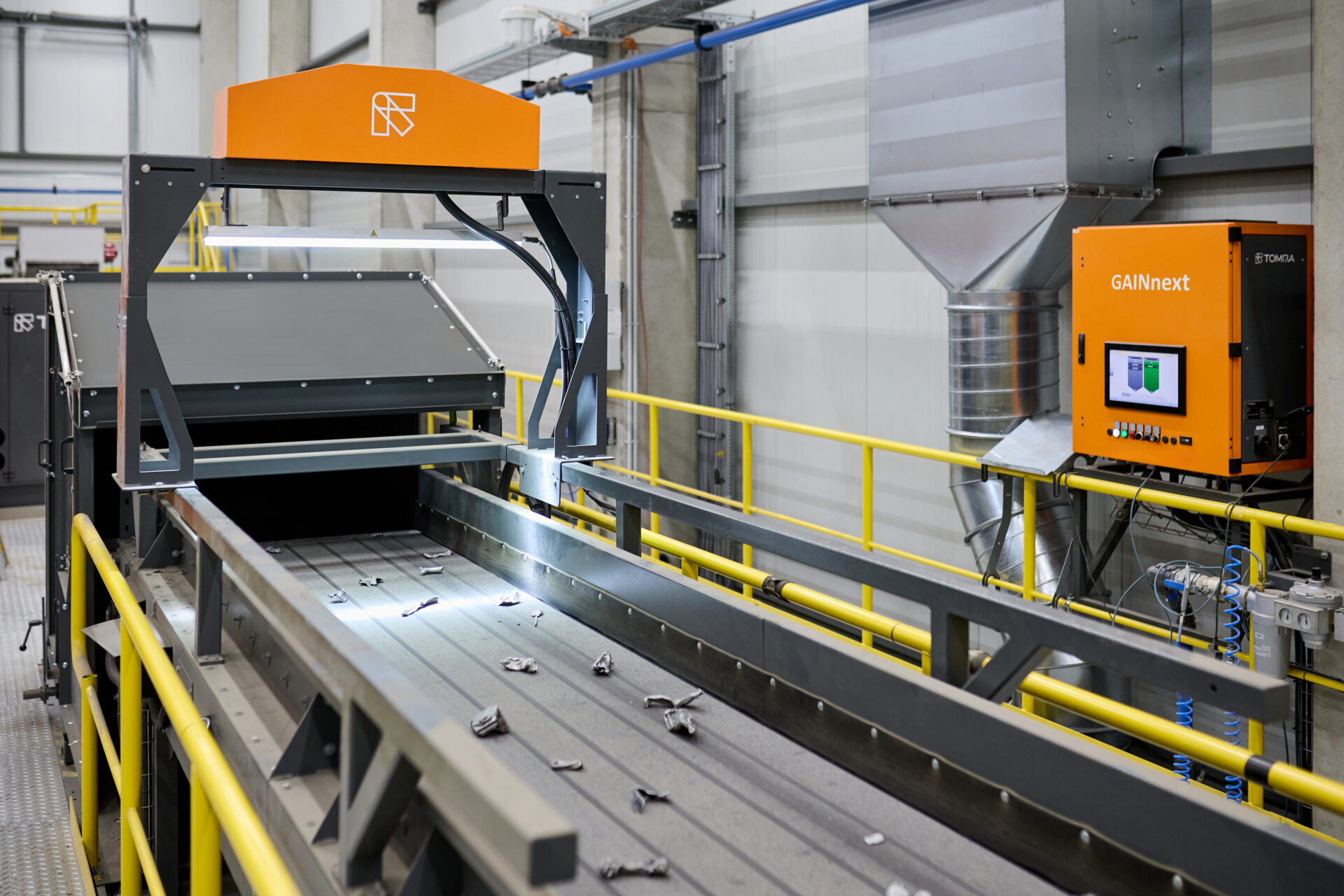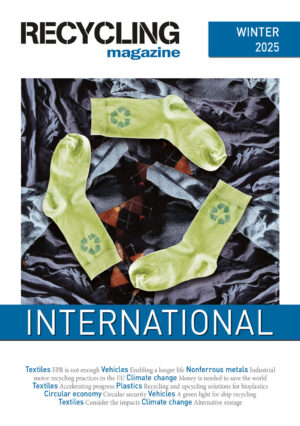This development represents the first application of GAINnext – Tomra’s deep learning-based sorting technology – in the metals industry. This AI innovation enables aluminum scrap processors and recyclers to upgrade their wrought aluminum scrap and produce high purity fractions by instantly recovering low alloy cast from the wrought fraction and reducing alloying elements such as silicon. GAINnext complements Tomra’s X-Tract, which separates based on atomic density.
X-Tract initially sorts shredded mixed non-ferrous metals (Zorba) to produce high-purity aluminium scrap (Twitch), then removes high alloy aluminium cast and high-density wrought aluminium to further refine the Twitch. This process yields a high-quality fraction, containing both wrought aluminium and minor amounts of low alloy cast, which other currently available sorting methods cannot fully separate.
Now, by integrating GAINnext into the sorting process after X-Tract, a pure wrought fraction can be achieved. GAINnext leverages the power of deep learning and artificial neural networks. Using RGB cameras, it rapidly processes tens to hundreds of thousands of images per millisecond, ‘perceiving’ and ‘classifying’ materials by shape, size, and dimension. This system mimics human vision but with superior speed, facilitating high throughput sorting of up to 2,000 ejections per minute. In its first metals industry application, by detecting and removing low alloy cast from the wrought fraction that Tomra’s X-Tract produces, GAINnext delivers an exceptionally high purity wrought product that commands premium market prices.
For Tomra customers seeking to achieve even higher granularity levels in aluminum sorting, the wrought fraction recovered by GAINnext can be further refined using Tomra’s Autosort Pulse system, which employs dynamic laser-induced plasma spectroscopy (Dynamic LIBS) for precise identification and sorting of different alloy types.











